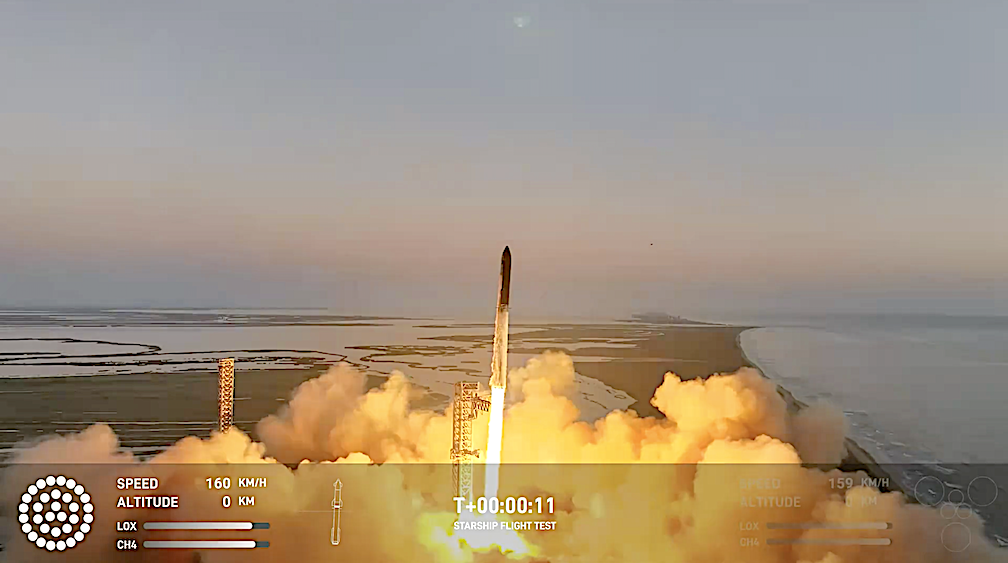
Starship’s fifth flight test lifted off on October 13, 2024, with our most ambitious test objectives yet as we work to demonstrate techniques fundamental to Starship and Super Heavy’s fully and rapidly reusable design.
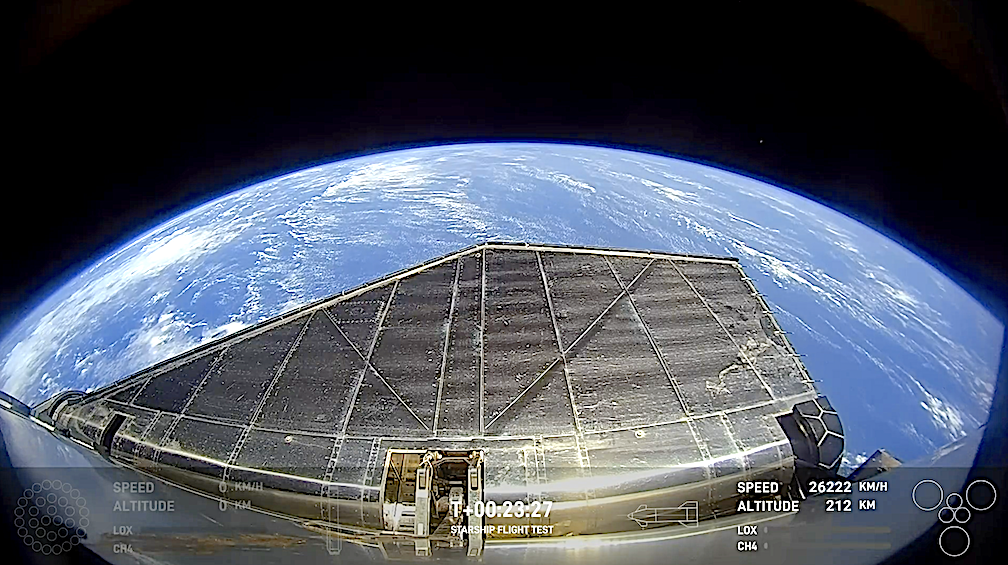
And on our first try, Mechazilla caught the booster.
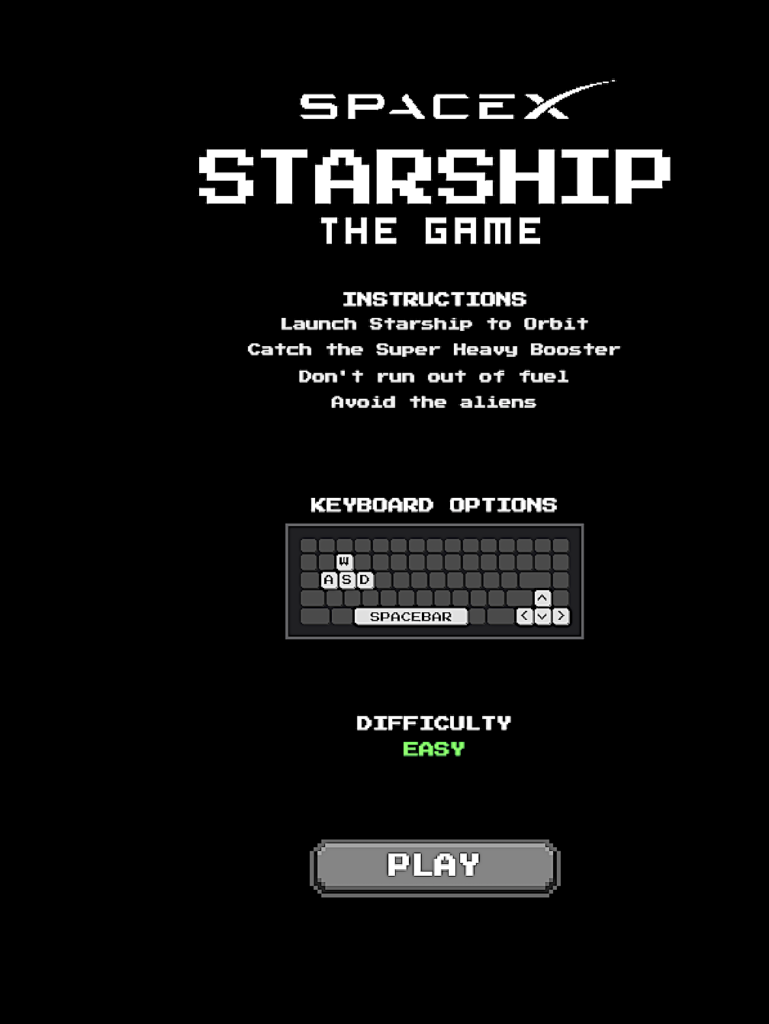
Following a successful liftoff, ascent, stage separation, boostback burn, and coast, the Super Heavy booster performed its landing burn and was caught by the chopstick arms of the launch and catch tower at Starbase. Thousands of distinct vehicle and pad criteria had to be met prior to the catch attempt, and thanks to the tireless work of SpaceX engineers, we succeeded with catch on our first attempt.
Ready to catch a booster? starshipthegame.spacex.com
Prior to catch, Starship executed another successful hot-staging separation, igniting its six Raptor engines and completing ascent into outer space. It coasted along its planned trajectory to the other side of the planet before executing a controlled reentry, passing through the phases of peak heating and maximum aerodynamic pressure, before executing a flip, landing burn, and splashdown at its target area in the Indian Ocean. The flight test concluded at splashdown 1 hour, 5 minutes and 40 seconds after launch.
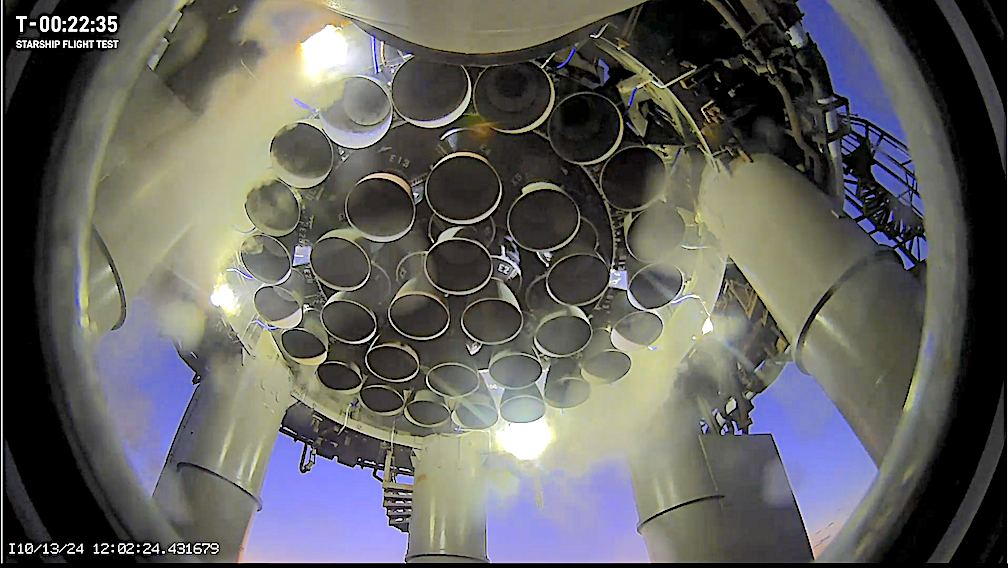
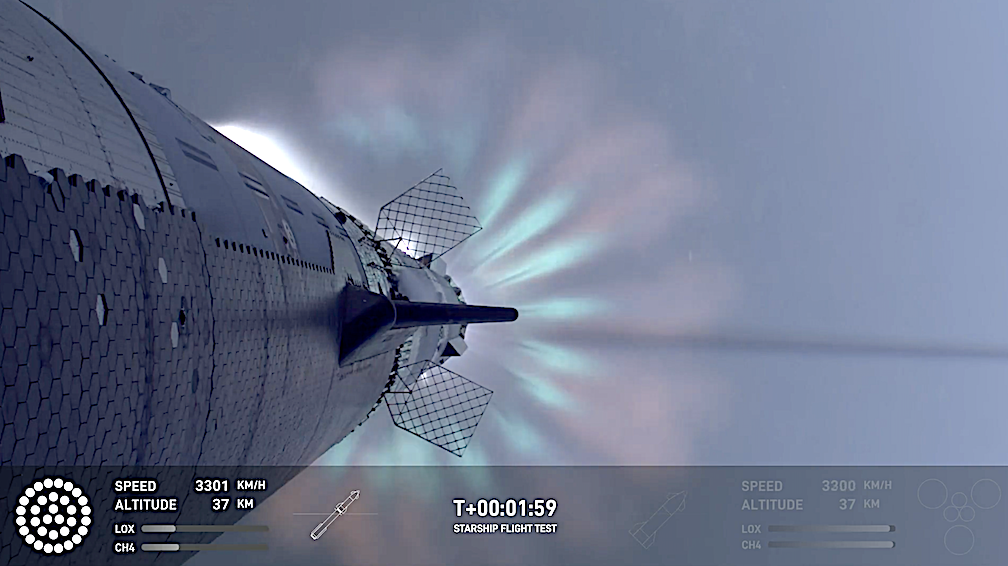
The entire SpaceX team should take pride in the engineering feat they just accomplished. The world witnessed what the future will look like when Starship starts carrying crew and cargo to destinations on Earth, the Moon, Mars and beyond.
Congratulations to the SpaceX team for taking this leap in our quest to make life multiplanetary. And thank you to our customers, Cameron County, spaceflight fans, and the wider community for the continued support and encouragement.
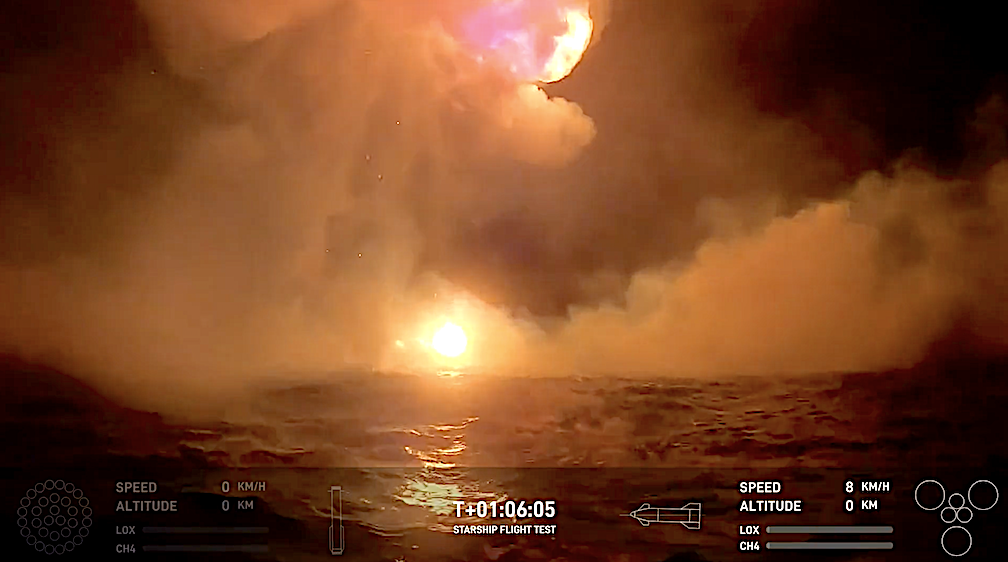
Thousands of distinct vehicle and pad criteria must be met prior to a return and catch attempt of the Super Heavy booster, which will require healthy systems on the booster and tower and a manual command from the mission’s Flight Director. If this command is not sent prior to the completion of the boostback burn, or if automated health checks show unacceptable conditions with Super Heavy or the tower, the booster will default to a trajectory that takes it to a landing burn and soft splashdown in the Gulf of Mexico.
The returning booster will slow down from supersonic speeds, resulting in audible sonic booms in the area around the landing zone. Generally, the only impact to those in the surrounding area of a sonic boom is the brief thunder-like noise with variables like weather and distance from the return site determining the magnitude experienced by observers.
SpaceX’s Starship ready for fifth flight test on Sunday including sonic booms
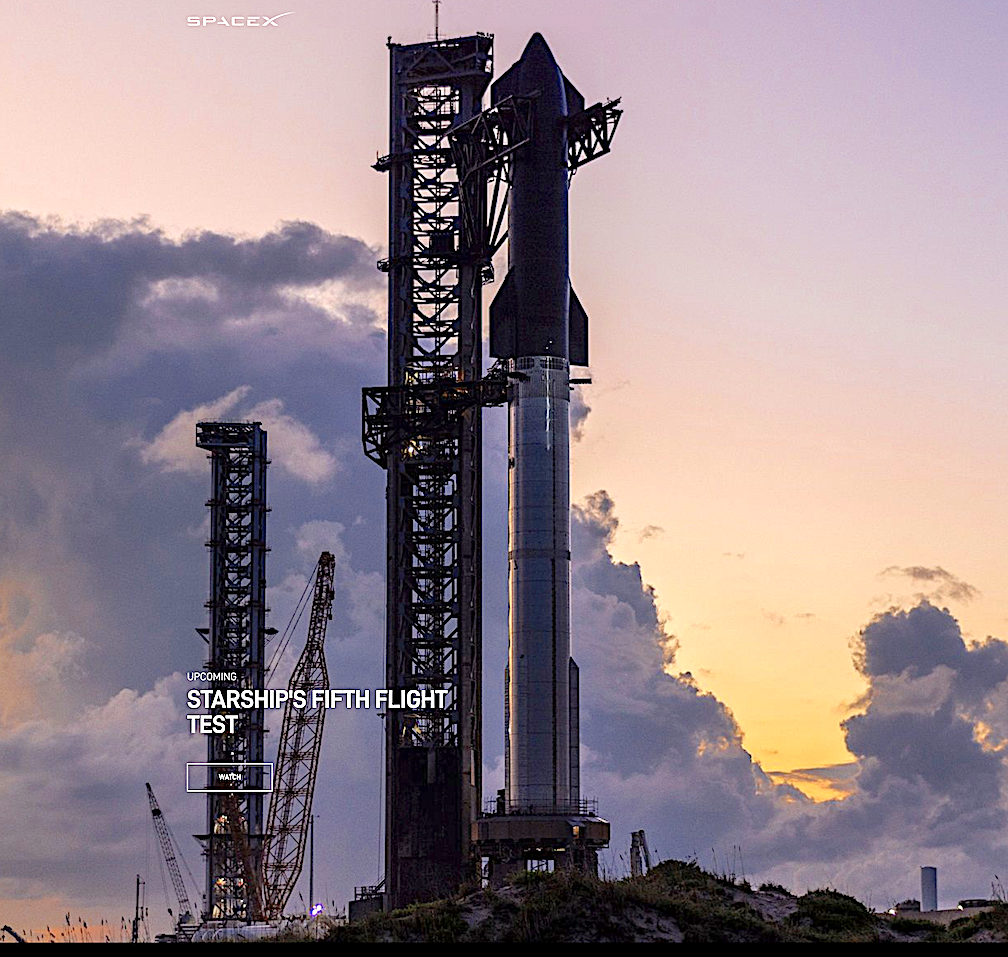
Starship’s fifth flight test is targeted to launch on Sunday, October 13. The 30-minute launch window opens at 7 a.m. CT.
A live webcast of the flight test will begin about 35 minutes before liftoff, which you can watch here and on X @SpaceX. You can also watch the webcast on the new X TV app. The launch window will open as early as 7:00 a.m. CT. As is the case with all developmental testing, the schedule is dynamic and likely to change, so be sure to stay tuned to our X account for updates.
Flight 4 was a tremendous success. A fully successful ascent was followed by the first ever booster soft-landing in the Gulf of Mexico and Starship making it through a brilliant reentry, before its own landing burn and splashdown in the Indian Ocean.
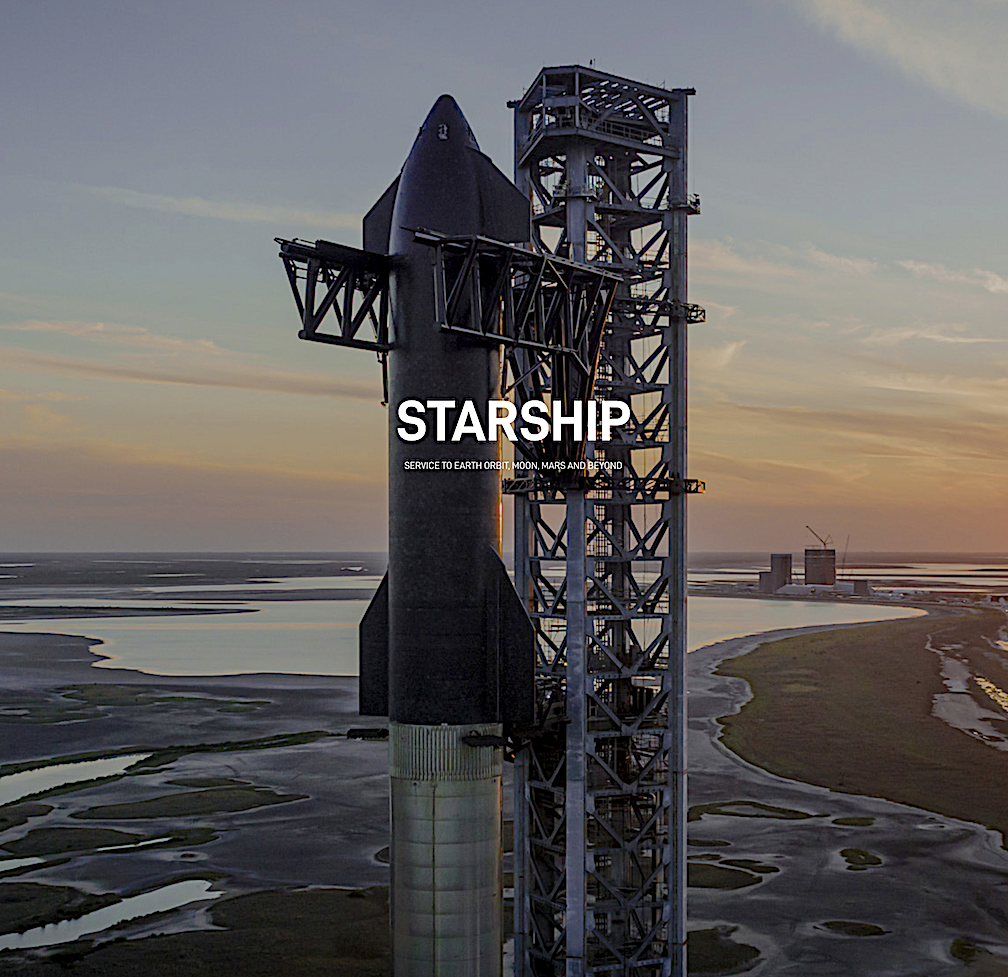
The fifth flight test of Starship will aim to take another step towards full and rapid reusability. The primary objectives will be attempting the first ever return to launch site and catch of the Super Heavy booster and another Starship reentry and landing burn, aiming for an on-target splashdown of Starship in the Indian Ocean.
Learn more at starshipthegame.spacex.com
Extensive upgrades ahead of this flight test have been made to hardware and software across Super Heavy, Starship, and the launch and catch tower infrastructure at Starbase. SpaceX engineers have spent years preparing and months testing for the booster catch attempt, with technicians pouring tens of thousands of hours into building the infrastructure to maximize our chances for success. We accept no compromises when it comes to ensuring the safety of the public and our team, and the return will only be attempted if conditions are right.
Thousands of distinct vehicle and pad criteria must be met prior to a return and catch attempt of the Super Heavy booster, which will require healthy systems on the booster and tower and a manual command from the mission’s Flight Director. If this command is not sent prior to the completion of the boostback burn, or if automated health checks show unacceptable conditions with Super Heavy or the tower, the booster will default to a trajectory that takes it to a landing burn and soft splashdown in the Gulf of Mexico.
The returning booster will slow down from supersonic speeds, resulting in audible sonic booms in the area around the landing zone. Generally, the only impact to those in the surrounding area of a sonic boom is the brief thunder-like noise with variables like weather and distance from the return site determining the magnitude experienced by observers.
Starship will fly a similar trajectory as the previous flight test with splashdown targeted in the Indian Ocean. This flight path does not require a deorbit burn for reentry, maximizing public safety while still providing the opportunity to meet our primary objective of a controlled reentry and soft water landing of Starship.
One of the key upgrades on Starship ahead of flight was a complete rework of its heatshield, with SpaceX technicians spending more than 12,000 hours replacing the entire thermal protection system with newer-generation tiles, a backup ablative layer, and additional protections between the flap structures. This massive effort, along with updates to the ship’s operations and software for reentry and landing burn, will look to improve upon the previous flight and bring Starship to a soft splashdown at the target area in the Indian Ocean.
With each flight building on the learnings from the last, testing improvements in hardware and operations across every facet of Starship, we’re on the verge of demonstrating techniques fundamental to Starship’s fully and rapidly reusable design. By continuing to push our hardware in a flight environment, and doing so as safely and frequently as possible, we’ll rapidly bring Starship online and revolutionize humanity’s ability to access space.
